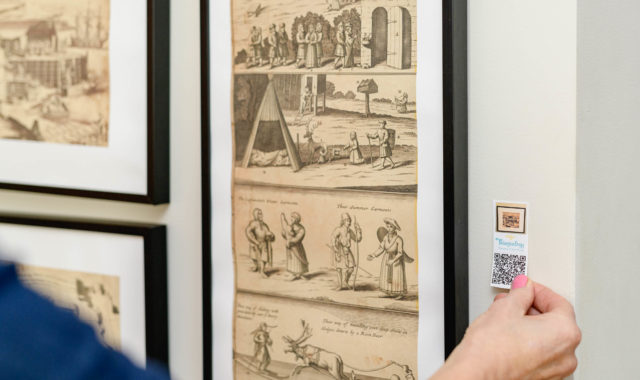The value of an antique is ultimately what someone decides it’s worth to them. Though factors like condition and authenticity influence the objective value of an item, there’s also an emotional component to value. The history and, specifically, the story around the item can influence what a person decides the antique is worth. Whether you intend to sell an antique or whether you’re designating beneficiaries for antique personal items, sharing the story associated with the antique can increase its perceived value. In this post, we explore how stories can create valuable antiques.
How to Value an Antique
To estimate the objective value of an antique, you can research comparables online, at flea markets and antique shops, and at auctions. Objective value takes into consideration things like the condition, availability or rarity of the item, and the demand for the item. All of these are logical ways to determine the value of an antique. However, the emotional component to buying decisions also comes into play when determining antique valuation.
How a Story Can Create More Valuable Antiques
Stories connect the physical object with a feeling that’s meaningful. They can create an impactful emotional connection, particularly when they are specific and detailed.
Stories add value to an item because they appeal to the emotional side of the buying decision. But they also function to provide value in another way: social proof. The prior owner connected with this item and it had value to that person. That social proof reinforces the emotions leading a person to place a higher value on the item.
Data can appeal to the logical side of our brains, like documenting the condition, authenticity, or the signature of the artist. But it’s the story around the antique that will make a person more inclined to purchase. When you share the story, you provide more than the facts. You give a person something to invest it, creating a personal connection. This is how stories can create valuable antiques.
How to Tell a Good Story
A story helps us to understand the patterns of life in a personal and emotional way. Whether you share a story verbally or in writing, the components are the same. The following tips will help you to create a more powerful story.
1. Focus on People
A good story focuses on the main character, allowing the audience to identify with the person. To do this effectively, make sure the person and their situation are relatable to the audience.
2. Keep it Short and Engaging
Your story should be brief and should hold the reader’s attention. Create curiosity as you open the story, making the audience wonder what’s coming next.
3. Demonstrate
Your audience should be able to see what’s happening, feel the emotion, and be drawn into the story. The maxim here is: show, don’t tell. You don’t want to provide a litany of facts but create a scene that the audience can jump right into.
4. Stir Up Emotions
Connect with the audience using commonly-felt emotions so they care about the story. This connection helps you find a way to demonstrate that the story is worthy of their attention.
5. Include a Clear Meaning
Anyone should know at the end of reading the description or hearing the story what this piece could mean to them. They should feel the emotion that the story conveys.
When you include all of these components, you’ve woven the fabric of a good story that will appeal to people, enable them to connect, and encourage them to do something to deepen that connection.
How You Can Increase the Value of an Antique by Sharing the History and Story
Antiques can often symbolize something more through a personal association based on memories. They can be infused with value when someone makes a very personal connection to the story around the item.
If you know the story behind the antique, sharing it can actually help to add perceived value to the item. However, even if you don’t know the history of the item, you have opportunities to share a story. For example:
- Sharing how the item was used
- Describing the item’s historical or cultural setting
- Providing biographical information about the artist or craftsman
- Before and after pictures showing the story of a restoration
See our infographic showing how to take better photos of your antiques!
Stories are especially valuable when attached to personal property memorandum. For example, rather than simply stating who you want an item to go to, you could share, “I want my granddaughter, Annie Smith, to have this brass inkwell. I remember as if it was yesterday when she was fascinated by it as a child. I loved telling her stories of all the authors who used inkwells before ballpoint pens existed. Annie talked me into putting ink into it one day to see how it worked, and although the fountain pen we used is long since gone, she hasn’t stopped writing.”
Antiques can affirm our belief in the enduring value of things and provide us with a physical connection to what’s most meaningful to us. The true value of an antique, and what draws a person to purchase it, is how it makes someone feel. Because the best way to appeal to the emotional side of a purchase decision is through sharing the story behind the item, stories help to create valuable antiques.
Thingealogy® is a free story-telling app that helps you organize and preserve the memories of your antiques. You can write and record the stories of your items for family and friends to enjoy. Download the app, and try it out for yourself!
